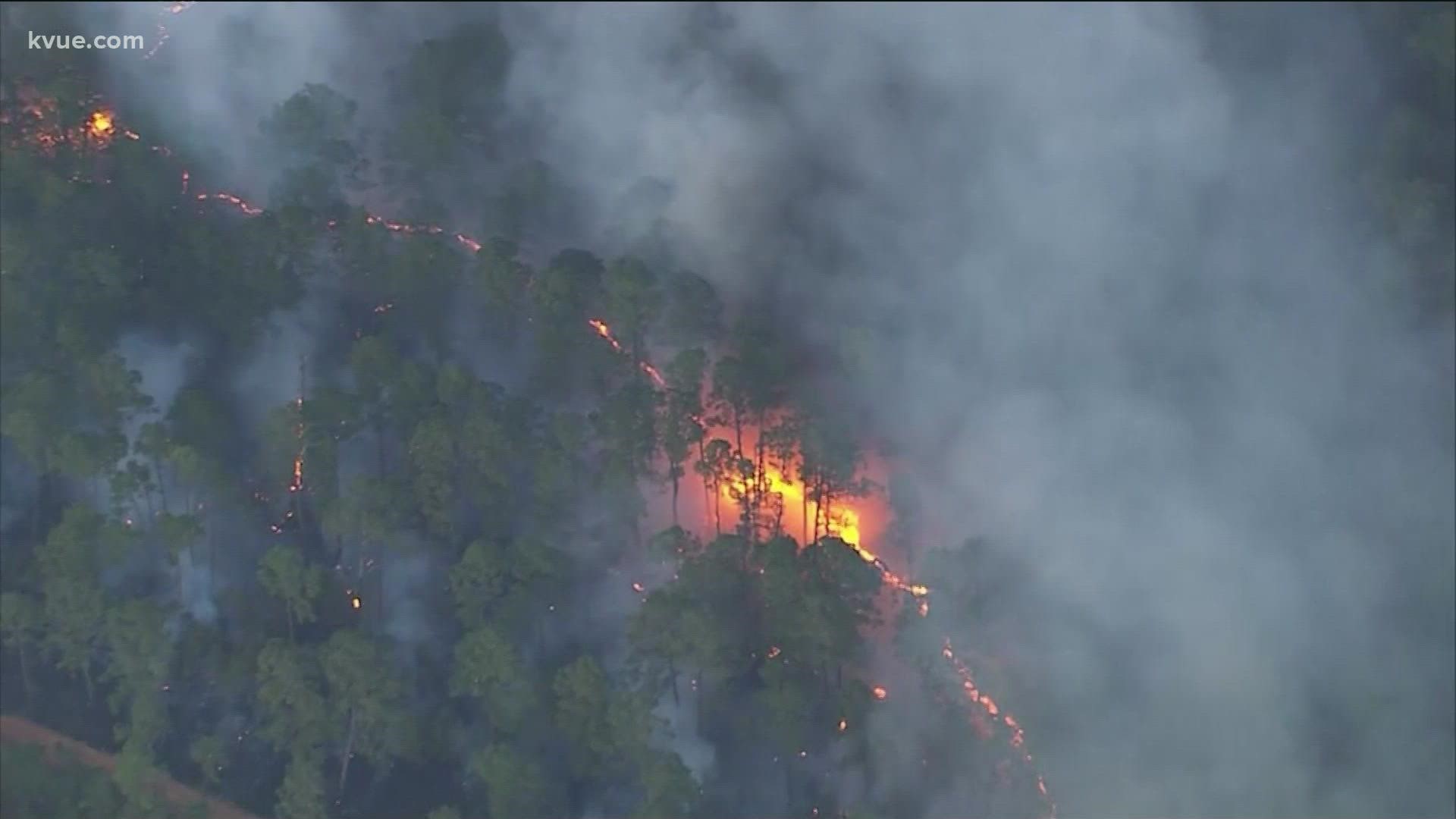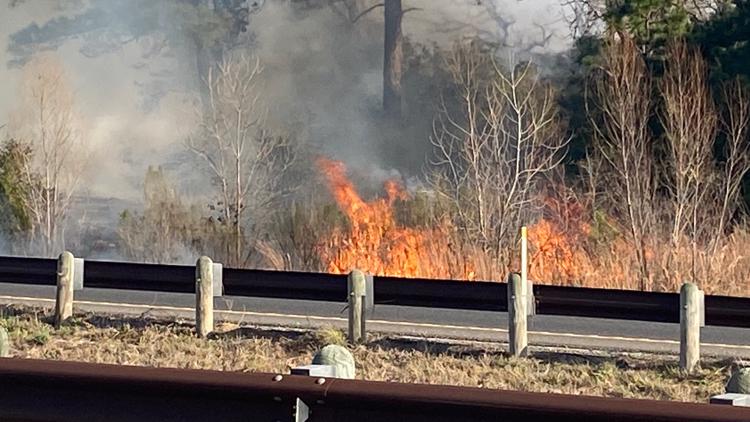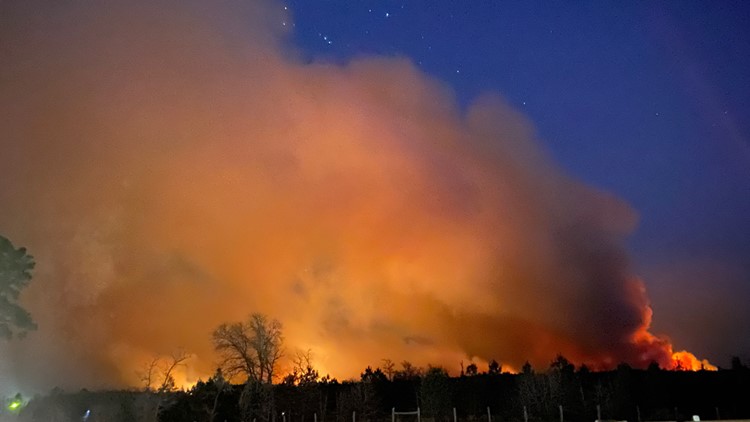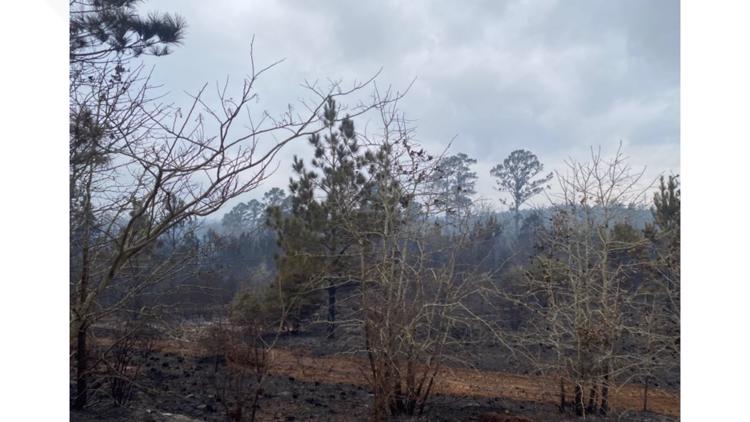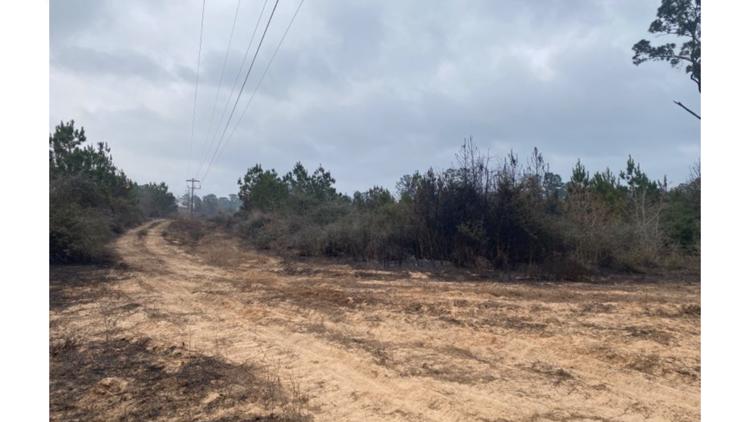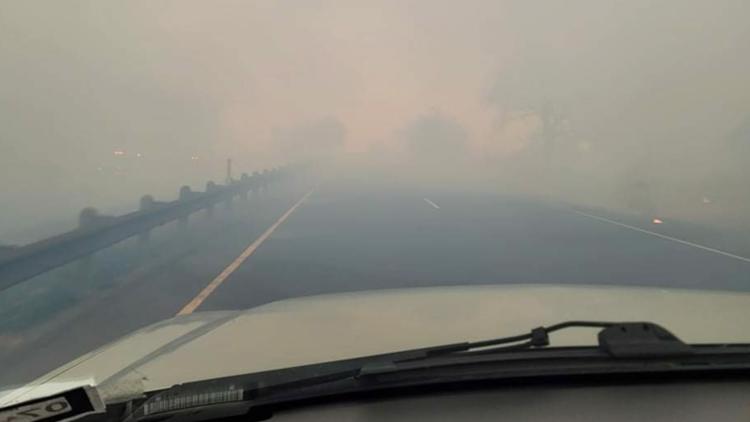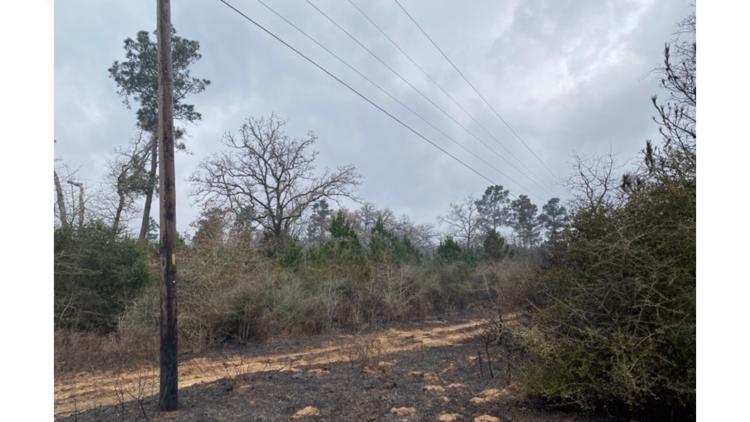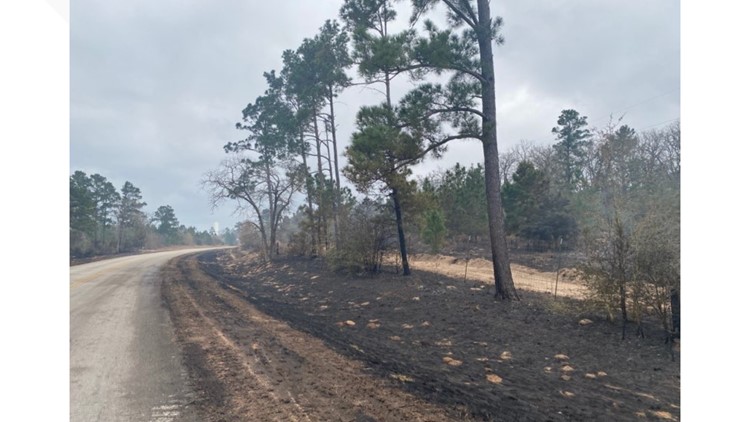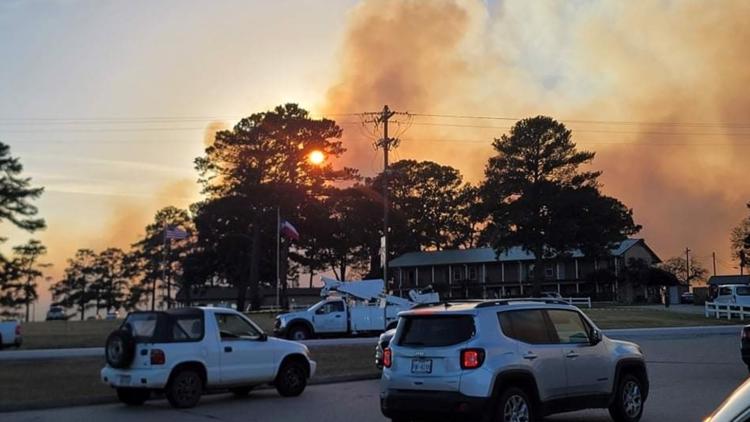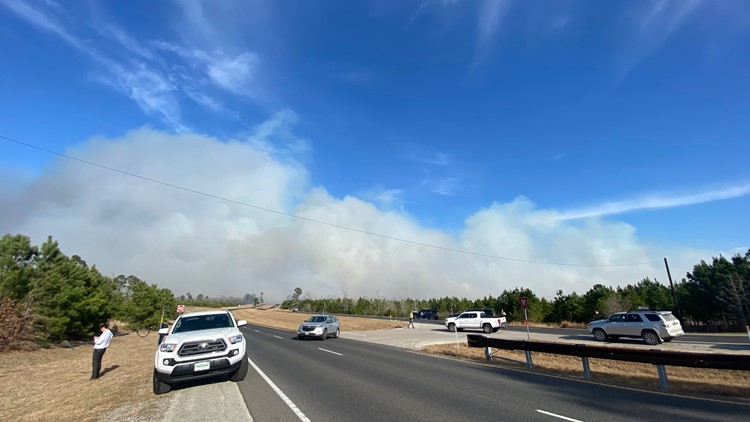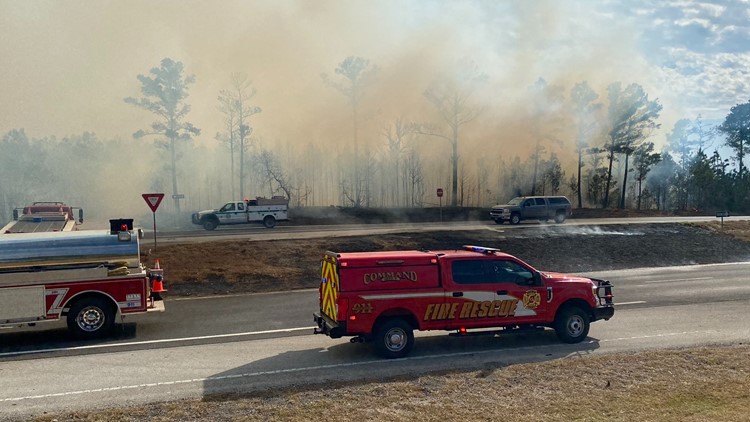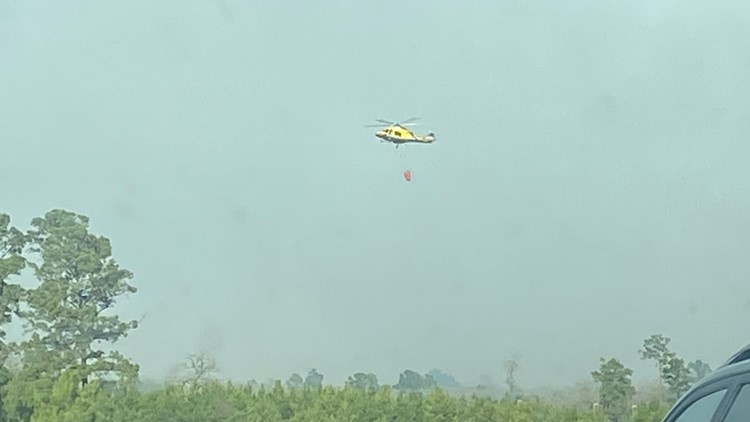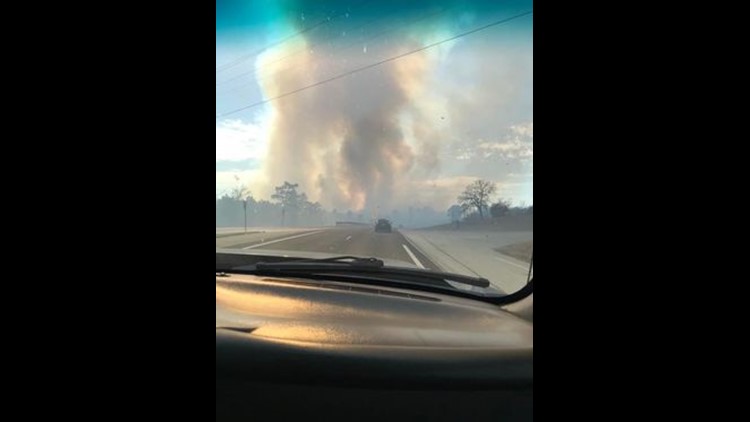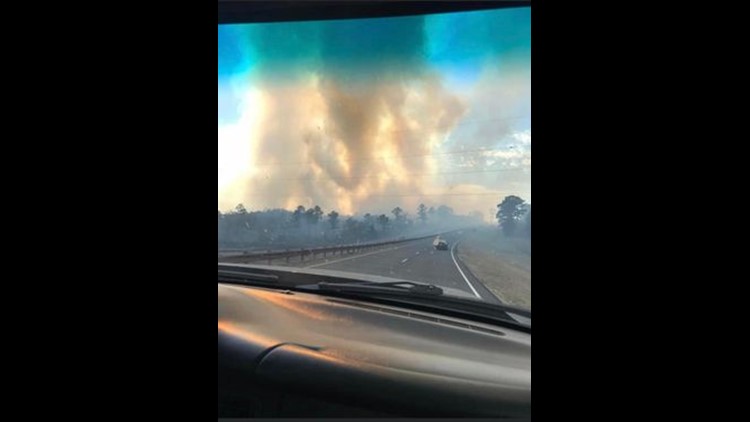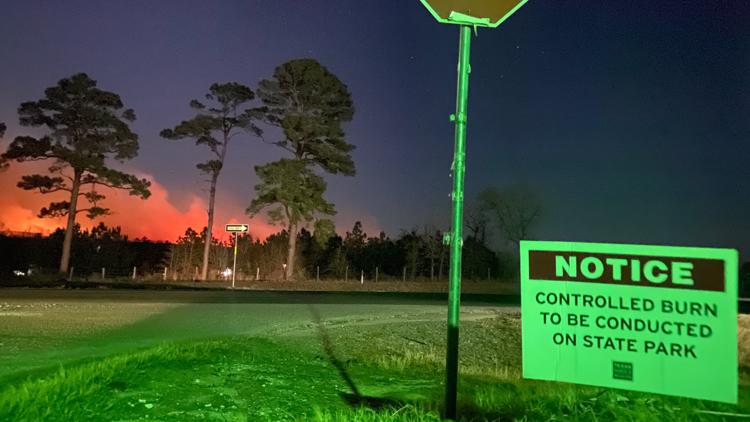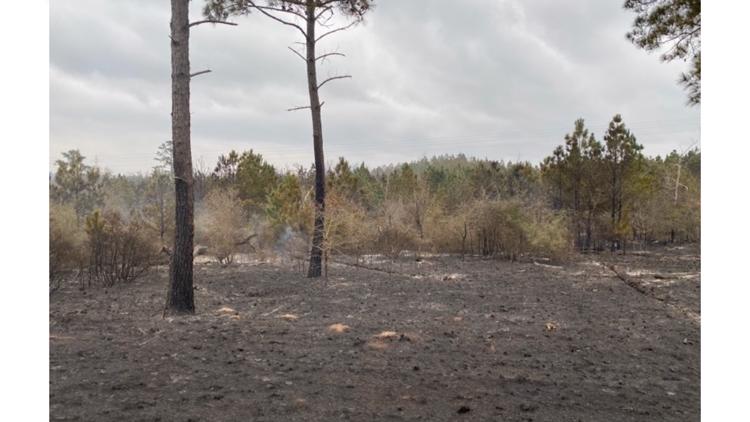BASTROP COUNTY, Texas — The Texas Parks and Wildlife Department (TPWD) announced Wednesday the selection of an independent panel to review the circumstances and cause of the escape of the Rolling Pines fire at Bastrop State Park.
According to the Bastrop County Office of Emergency Management, the wildfire started at 100 Park Road 1A in Bastrop, just north of SH 71 and south of SH 21 on Jan. 18 The wildfire started after a prescribed burn lost control and was 100% contained as of Jan. 24. The fire burned more than 800 acres of land.
The panel was ordered through Texas A&M Forest Service (TAMFS) and consists of experts from across the southern U.S. knowledgeable about prescribed burns on both public and private land, according to a TPWD press release. Officials said these specialists have expertise in how fire reacts in environments similar to Bastrop State Park.
The panel will be a five-member team of fire experts from the state forestry agencies in Florida, Georgia, Oklahoma and South Carolina.
“Our role in this review is helping acquire the review team,” said Wes Moorehead, fire chief for Texas A&M Forest Service. “Through an interagency ordering system, Texas A&M Forest Service has the ability to bring in resources from states with similar burn programs for such reviews. While our agency is not part of the actual review team, we are glad to help TPWD by facilitating the ordering process.”
PHOTOS: Rolling Pines Fire Bastrop
According to TPWD, some of the objectives of the review by this five-person panel will include:
- Review the preparation, planning and execution of the prescribed fire
- Evaluate staff, equipment and safety resources
- Determine whether the burn plan conformed to best practices related to prescribed fire
- Develop and issue recommendations to TPWD
The review is set to start Friday but there is no set time on when it will be finished. It's also unclear how much the review will cost the state.
The Rolling Pines Fire caused hundreds in the immediate area to evacuate their homes for more than one day. All evacuation orders were lifted by 6 p.m. on Wednesday, Jan.19. Many people KVUE spoke with expressed frustration with communication from officials and the sheer fact that the wildfire started with a prescribed burn when the Texas A&M Forest Service posted about increased wildfire danger conditions. Here is a breakdown of the timeline from the first day.
TPWD said prescribed burns at Bastrop and Buescher state parks have temporarily been suspended until the independent review is complete and the results and recommendations have been fully evaluated.
“We fully support this independent review and will continue working every day to earn the public’s trust for the continued safe and effective use of prescribed fire,” said Carter Smith, executive director of TPWD. “Prescribed burns are a carefully calculated risk but are essential in managing many of our habitats, landscapes and private and public lands across Texas, including the iconic Lost Pines Forest at Bastrop. We are committed to using the highest safety and operational standards with our prescribed burn program and look forward to a thorough evaluation of not only the events that unfolded with the planning and execution of the prescribed fire, but our response upon recognition the fire had escaped. Ultimately, any and all lessons learned from the review will help make our fire program better and safer.”
TPWD said prescribed fires are used as a land management tool to help minimize the threat and severity of major wildfires by reducing the amount of existing and dormant vegetation. The department says, if left unchecked, the excess of leaves and plants would fuel a minor situation into a major wildfire.
Bastrop County has been home to a number of extreme fires over the past decade.
The Bastrop Complex fire of September 2011 at the time was the most destructive wildfire in state history. It burned through around 34,000 acres and destroyed approximately 1,700 homes and businesses. Two people died as a result of the fire.
The Hidden Pines fire then occurred a few years later in October 2015. About 4,600 acres were burned and 64 structures were destroyed.
PEOPLE ARE ALSO READING:

